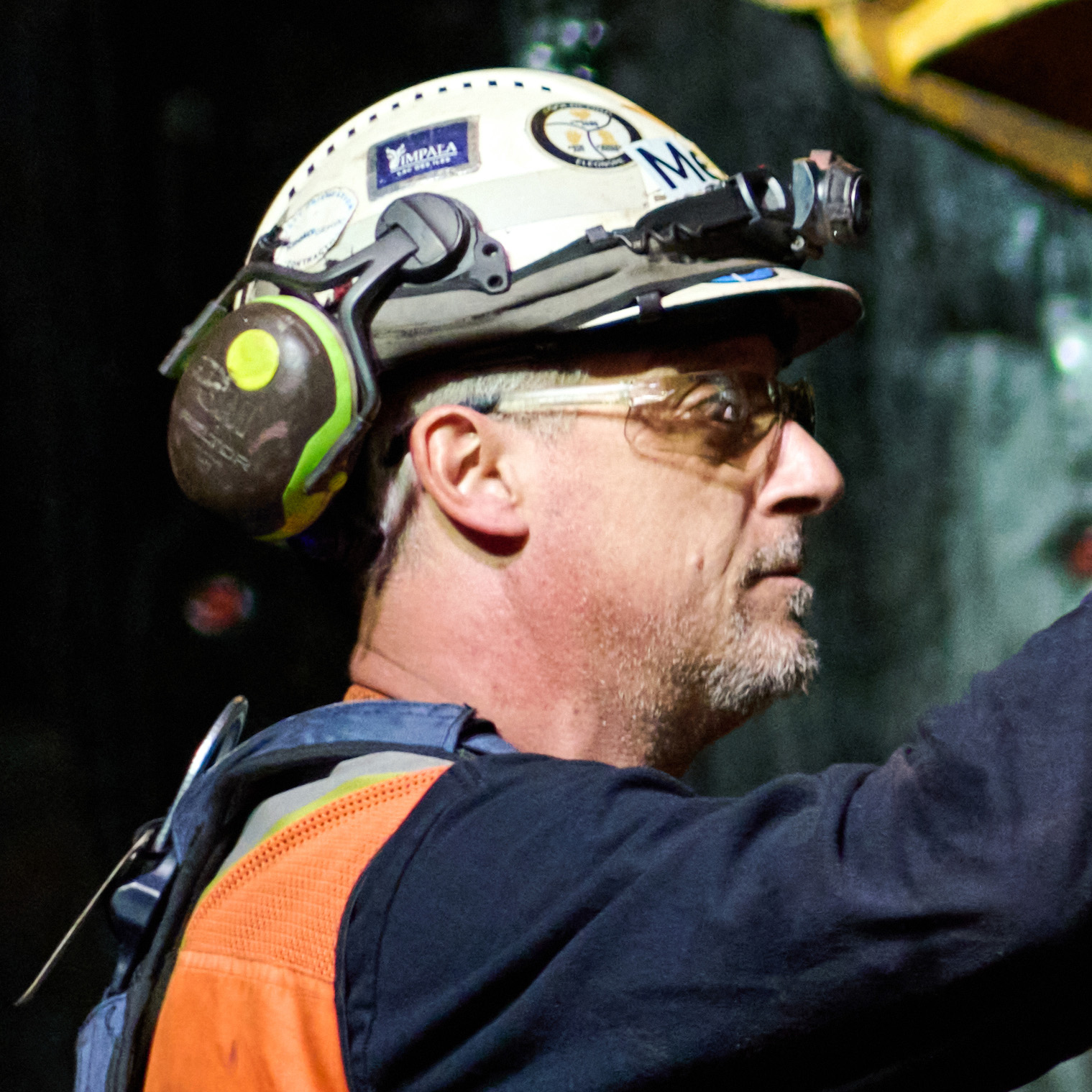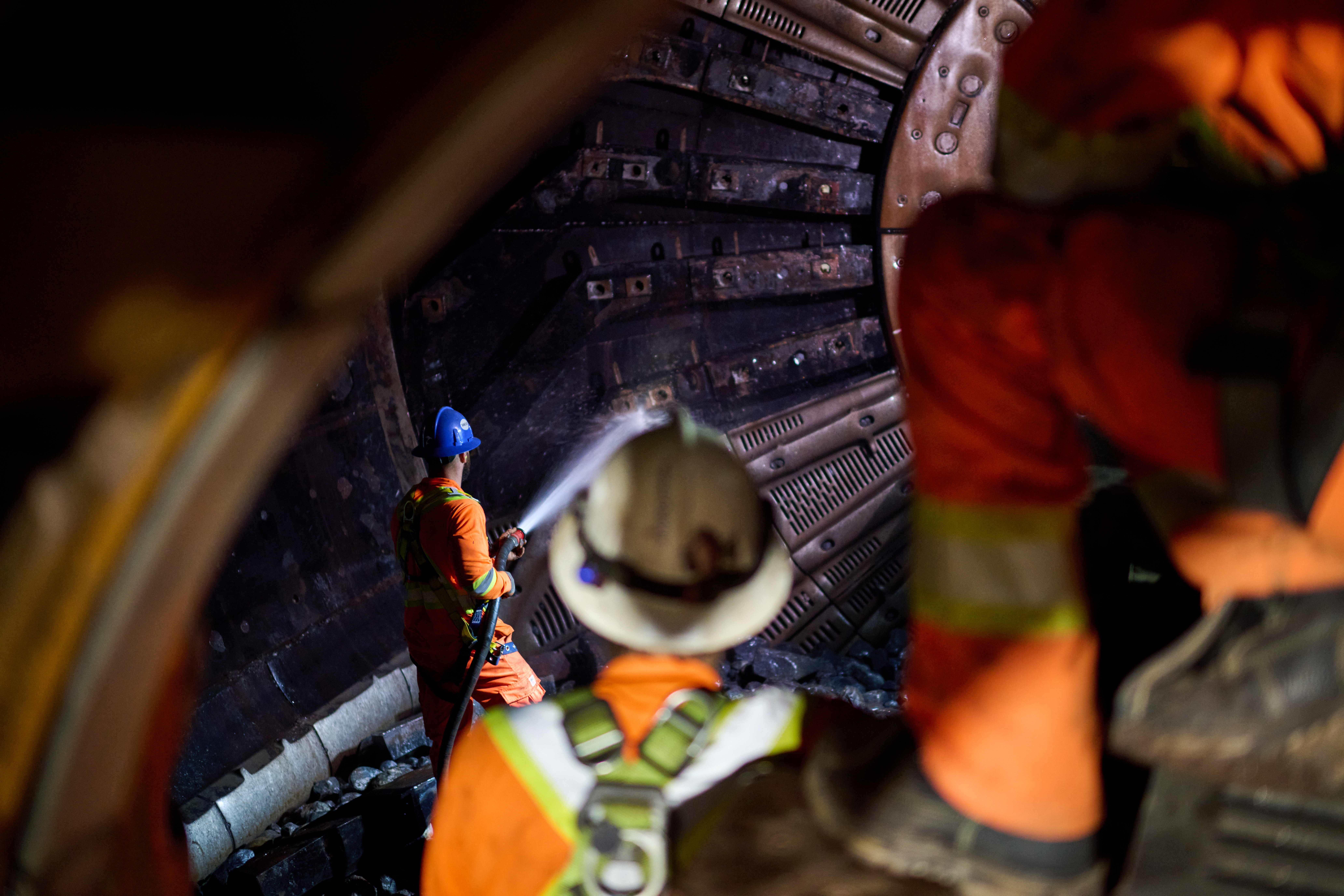Chris Bouvette, Team Lead, Technical Sales Support Grinding for Canada, has worked at Metso for 18 years, and has completed 600 mill inspections since 2013. We had the chance to catch up with Chris and get the details on his work inspecting mills and mill liners.
What are you looking for during a typical liner inspection?
Conducting a thorough inspection of a mill is crucial for maintaining its operational efficiency and safety. The initial inspection focuses on the mill's overall state, checking for any visible deviances such as damages to liners caused by tramp material, fissures, irregular wear patterns or severe corrosion. Attention to potential leakage points, such as flanges and mandoors, is essential. It is also good to look at the liner bolts from the outside of the mill to identify any leakage that can indicate if a liner has passed its maximum service life or if a bolt is broken or has lost its required preload.
When entering the mill through the feed end trunnion, we take the opportunity to check the condition of the trunnion lining. Inside the mill, we look for any foreign objects or tramp metal and check how the grinding media charge looks like, both in terms of volume and condition.
A detailed visual inspection of the liner is performed to identify any bigger issues like material packing between liners, peening, plugging of the grates or damaged liners.
What methods do you use to measure liner wear?
There are several methods to measure the wear status of the liners. On one hand, the traditional pin gauge method, while time-consuming, offers high precision and tactile feedback. On the other hand, modern techniques like handheld devices provide a convenient way to measure wear in selected areas. The most comprehensive approach, however, involves a 3D laser scan that captures millions of data points, which are then processed in our proprietary software MillMapper. This software not only creates a detailed topographic map of the mill's interior but also identifies the most worn areas, allowing for targeted maintenance.
The more old-fashioned pin gauge method is of course limited to liners that you can physically reach, and you measure them one by one. However, this method has its merits as it is very accurate and you can get close and see and touch the liners which can give additional information to an experienced inspector. In some cases, the best results can be achieved by combining different methods.



